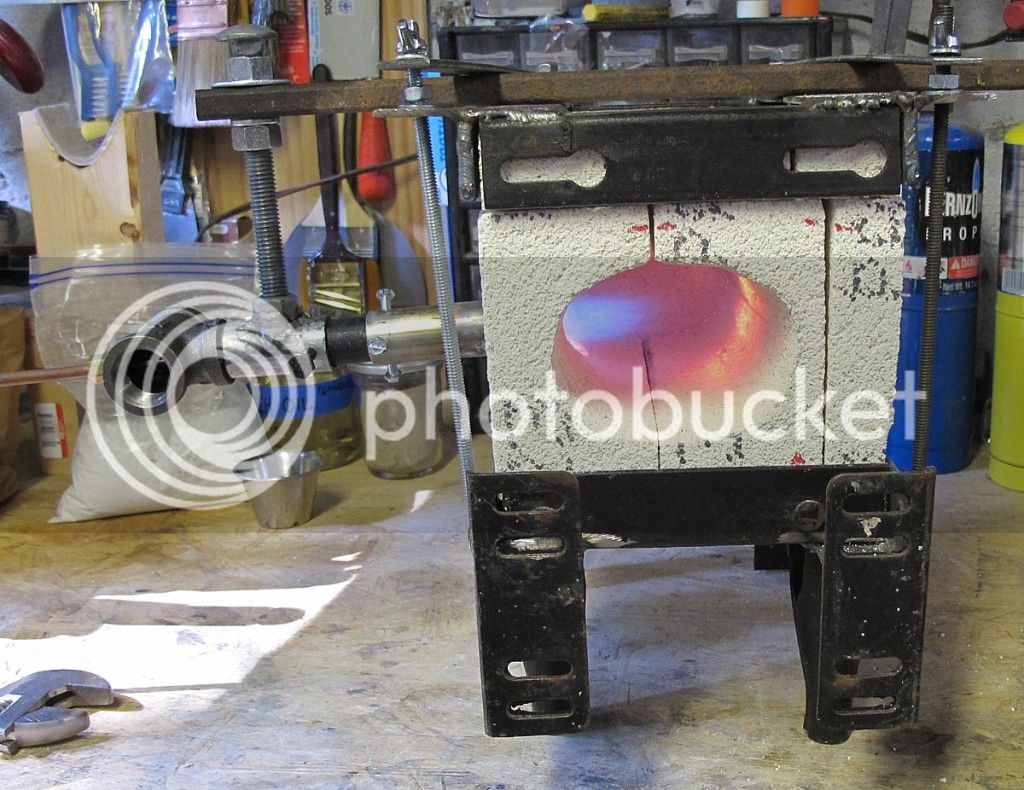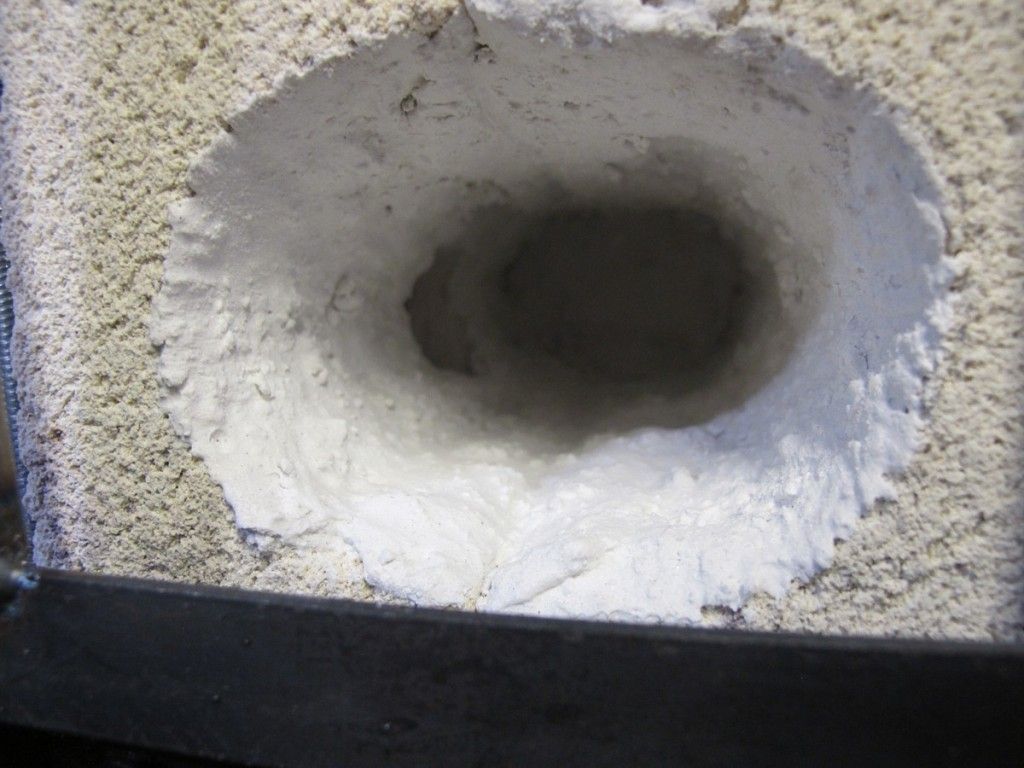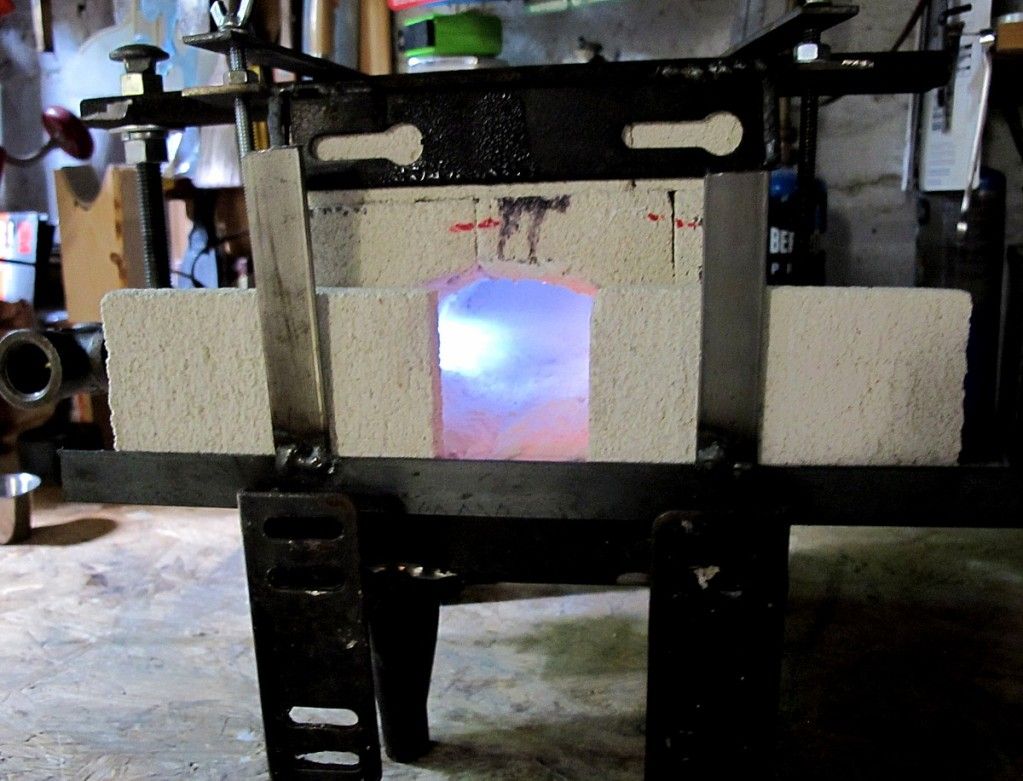mikemeteor
45 Cal.
- Joined
- Nov 16, 2008
- Messages
- 660
- Reaction score
- 3
Finished up my propane mini-forge this weekend.
The soft firebrick is nice, but the guidance to coat it with Plistix seemed to make a big efficiency difference, altho I don't have a pyrometer yet.
The uncoated firebrick would get red hot(top pic).
The Plistix seems to not absorb heat near as much - at least it doesn't change color as fast(bottom pic). Added slider front doors.
Hope to beat out some small gouges from O-1 tool steel, and try forging a trigger guard eventually.
Whole thing was less than $100.
/mike
Soft firebrick only:

Lined with Plistix

Final design:

The soft firebrick is nice, but the guidance to coat it with Plistix seemed to make a big efficiency difference, altho I don't have a pyrometer yet.
The uncoated firebrick would get red hot(top pic).
The Plistix seems to not absorb heat near as much - at least it doesn't change color as fast(bottom pic). Added slider front doors.
Hope to beat out some small gouges from O-1 tool steel, and try forging a trigger guard eventually.
Whole thing was less than $100.
/mike
Soft firebrick only:

Lined with Plistix

Final design:






